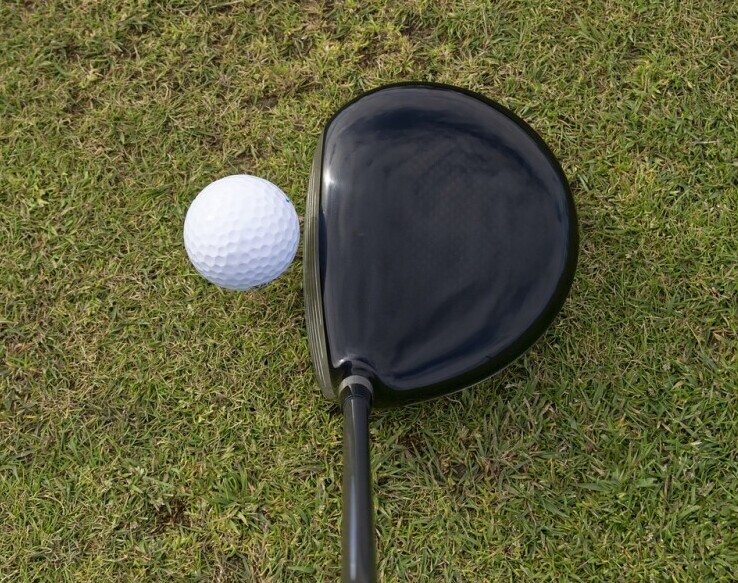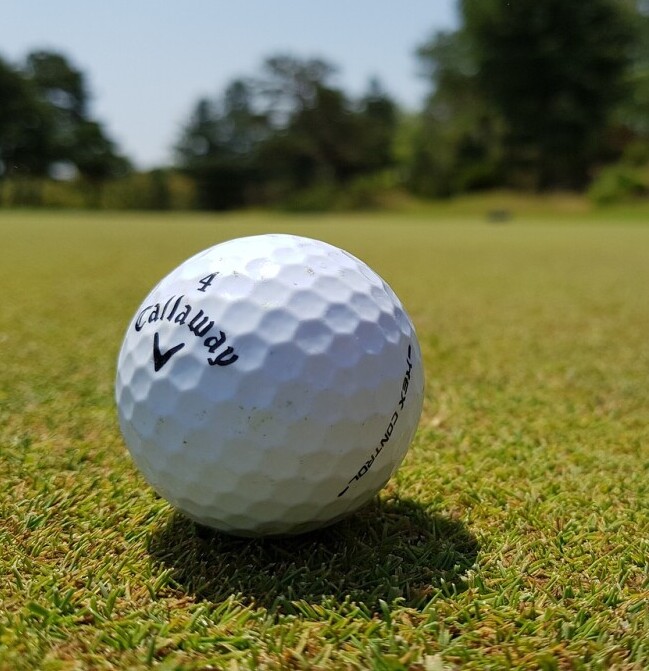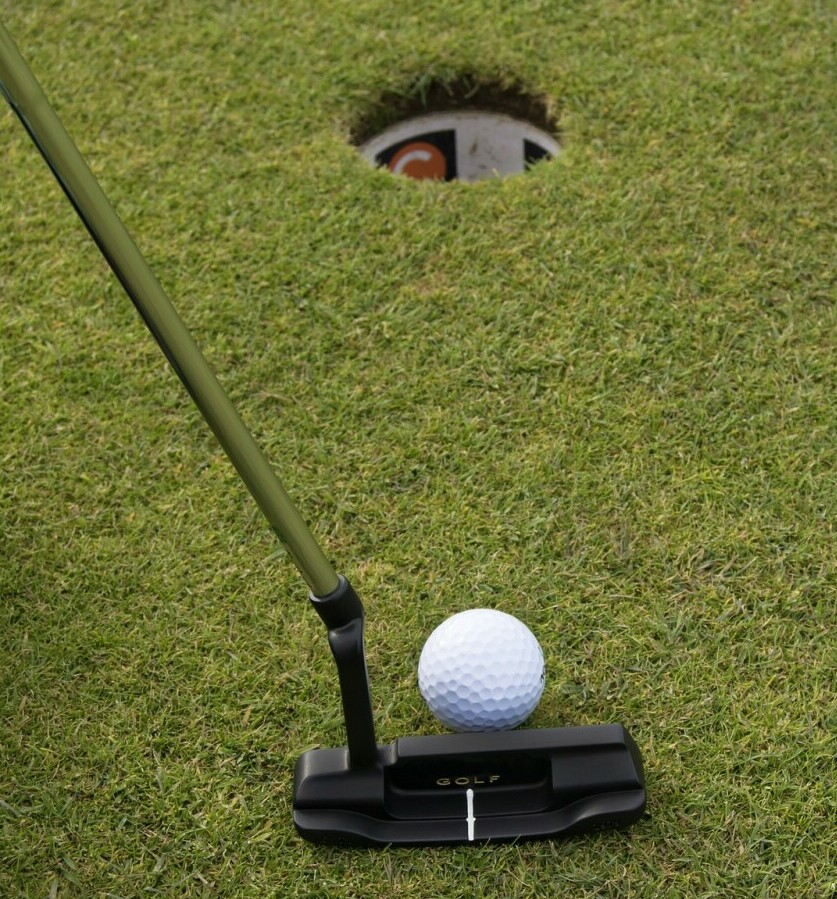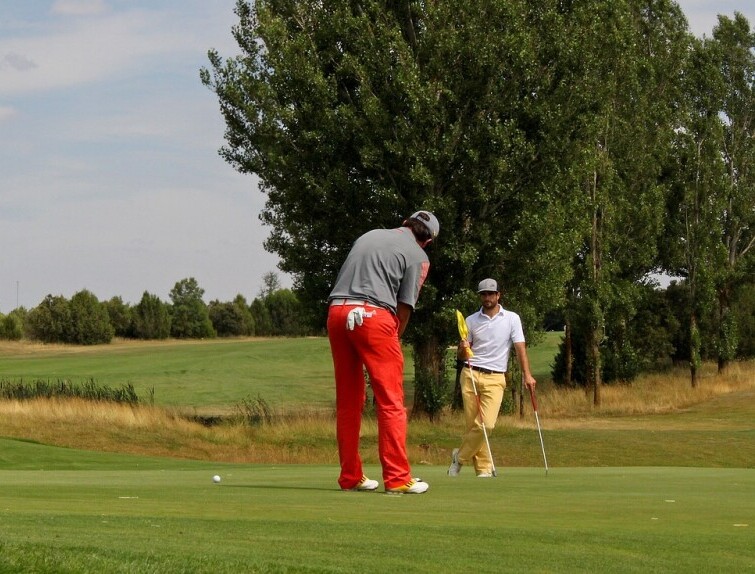How To Play Better At Golf


Fore! Quick note: a few links here are affiliate links. If you snag gear through them, I earn a small commission — no extra strokes added to your game.
Plain and simple, improving at golf is a game-changer for your experience out on the course. It’s not just about lowering your handicap; there are a ton of awesome benefits that come with honing your skills on the green. After all, anything is more enjoyable when you aren’t terrible at it, and golf is no exception. Don’t worry one bit because the golf viking is here to help you play better at golf.
For starters, golf is a killer workout, even if it doesn’t look like it. Walking the course, whether 9 or 18 holes, gets you moving. Plus, swinging a club engages your core, arms, and back muscles. The better you play, the more fun you’ll have while getting fit. So even if you are struggling at first, try to appreciate the exercise. On top of that, there’s nothing quite like being out on a beautifully manicured course on a gorgeous summer day. So try not to let your golf game get you down too much, enjoy the exercise and scenery for awhile until you improve your strokes.
Confidence is another biggie. Smacking that ball just right and watching it soar? Total confidence booster. And guess what? That boost can spill over into other parts of your life. You’ll feel more self-assured in social situations, both on and off the course. Confidence will come through practice and experience, so don’t auction off your golf clubs just yet.
Golf is also a fantastic way to bond with others. Whether it’s with friends, family, or new folks you meet on the course, better golf skills mean more enjoyable and interactive rounds. It’s surprising how many business deals and lifelong friendships start on the green. So if nothing else, enjoy the company of friends or family while out on the course. Golf can create some special bonding moments.
Lastly, let’s talk about the personal satisfaction. Golf’s a tricky sport, no doubt about it. Mastering different shots and improving your game brings a deep sense of accomplishment and joy. That feeling when you finally sink a challenging putt or nail a perfect drive is unbeatable. So I’ve given you a few things to think about enjoying as you’re working on improving your game, now let’s get into what you will need to do to be a decent golfer.
Accuracy and consistency are key. Learn how to increase precision in how to increase accuracy in golf.
Ready to level up your golf game? Click here.

Essential Skills Every Good Golfer Needs
To be a decent golfer, it’s all about mastering the basics and then some. Getting a good grasp on these core skills will set the foundation for everything else. Just like many other skills, once you learn the basics then you can start improving on them. So take a little time to work on your stance and swing, and everything else will start to come together.
Your swing is your bread and butter. A consistent, smooth swing can make all the difference. Focus on your form – stance, grip, and follow-through. It’s not just about power, but control. Practicing with someone who can give you pointers on your form can help you refine it. It’s not about strength but more so about timing and rhythm. Get a good rotation around your body with your club and good rhythm between your backswing and downswing, and you will notice improvement in your game.
Driving is next up. It’s more than just whacking the ball as hard as you can. It’s about hitting straight and far. Check your alignment, keep a steady tempo, and make sure you’re striking the ball cleanly and squarely with the face of your club. Remember that the momentum that you build through your swing is what will help you hit the ball well, not just trying to smash it with power.
Chipping is where you can really shave strokes off your score. It’s all about soft touch and precision. Practice different lies and situations to get a feel for how the ball reacts. Mastering your short game can save you a lot of hassle. Getting yourself as close to the hole as you can will keep extra strokes off of your scorecard.
And then there’s putting. It’s often the hardest part of the game to nail down. Consistency is king here. Focus on your eye alignment, the speed of your putt, and reading the green like a pro. You will learn to read greens as you get better, but make sure to focus on your putting motion. Your feet will be closer together than on a normal shot, and let your hips and shoulders move the club. With putting you shouldn’t need to swing your arms but rather using the motion of your body to hit the ball.
Sharpening these skills takes time and patience, but mix in some regular practice and maybe a few lessons, and you’ll notice improvements. There are driving ranges and must courses these days have a practice green to work on your putts and chipping. Let’s go over some more tips to help you be your best on the course.
Strong short game skills directly lower scores. See techniques in short game mastery.

Tips and Tricks for Becoming a Better Golfer
Consistent improvement in golf boils down to more than just repetition. Smart practice routines can make all the difference. Focus on short, intense sessions targeting specific areas rather than long, aimless sessions. This keeps you sharp and engaged. Focusing on certain skills can help you improve more than trying to fix your whole game all at once.
Mental game is huge. Developing strong focus and calm, even during high-pressure shots, helps massively. Try visualization techniques where you picture the perfect shot or the ideal path of the ball. It sounds simple, but it’s a game-changer. Being frustrated on the golf course can affect your swing and make for a long day. Just keep calm and focused in order to keep yourself in a rhythm.
Your gear matters. Investing in properly fitted clubs can improve your swing and overall performance. Don’t just go for the most popular brand; get the clubs that suit your style and skill level. Even practicing won’t help if you are using clubs that aren’t suited for your body size. If you are using clubs that are too short it will make you bend down in your swing. Using clubs that are too long will have you hitting the ground before you hit the ball. So it’s essential that you have the right fitting clubs.
Understanding the course layout is a sneaky way to improve your game. Familiarize yourself with the layout, hazards, and hole designs before you play. This helps in making strategic decisions during your game and avoiding unnecessary risks. Knowing what obstacles are on the hole can help you maneuver around them and keep you on the fairway.
You can learn a lot from the pros. Watch professional golf tournaments and pay attention to their techniques and strategies. There’s a reason why they’re the best, and little adjustments inspired by their play can provide huge benefits. Just watching some of these golfers you may pick up on techniques to help your game.
Improving at golf starts with mastering the fundamentals. Review the basic rules for golf to build a solid foundation.

Strategic Approaches to Golf for Consistent Improvement
Simplifying your approach can work wonders. Don’t overcomplicate your game with too many different techniques at once. Focus on mastering one strategy before moving on to another. Don’t overwhelm yourself, take one thing at a time and you will be able to put all your skills together.
Having a game plan is crucial. Before teeing off, develop a strategy for how you intend to play each hole. Take note of the yardage, hazards, and the best angles for your shots. Knowing how far you need to hit and the average distance range for you and your clubs will help you keep your wits about you on the course.
Feedback is key to growth. Whether it’s from a seasoned golfer, a coach, or even video analysis, regular feedback helps identify areas for improvement and tracks your progress. So ask your friends how your swing looks or record yourself swinging to see any imperfections may be in your game.
Adaptability on the course is essential. Weather conditions, course layout, and unforeseen challenges can dictate changes in your strategy. Stay flexible and adjust as needed. You never know what can happen while your out on the course, so you need to adjust your shots for obstacles or wind.
Consistent play and practice pave the way for long-term improvement. Building routines around your practice sessions and regular rounds of golf help reinforce good habits. Incorporate flexibility into your strategies to account for varying conditions and situations.
I hope some of these tips help you to start amplifying your progress on the game. There will always be room for improvement, but with these tips you should be on the right path to becoming a be successful golfer and having much more fun out on the course.
Practicing regularly, even at home or the range, helps reinforce skills. See tips in practicing golf at home.


